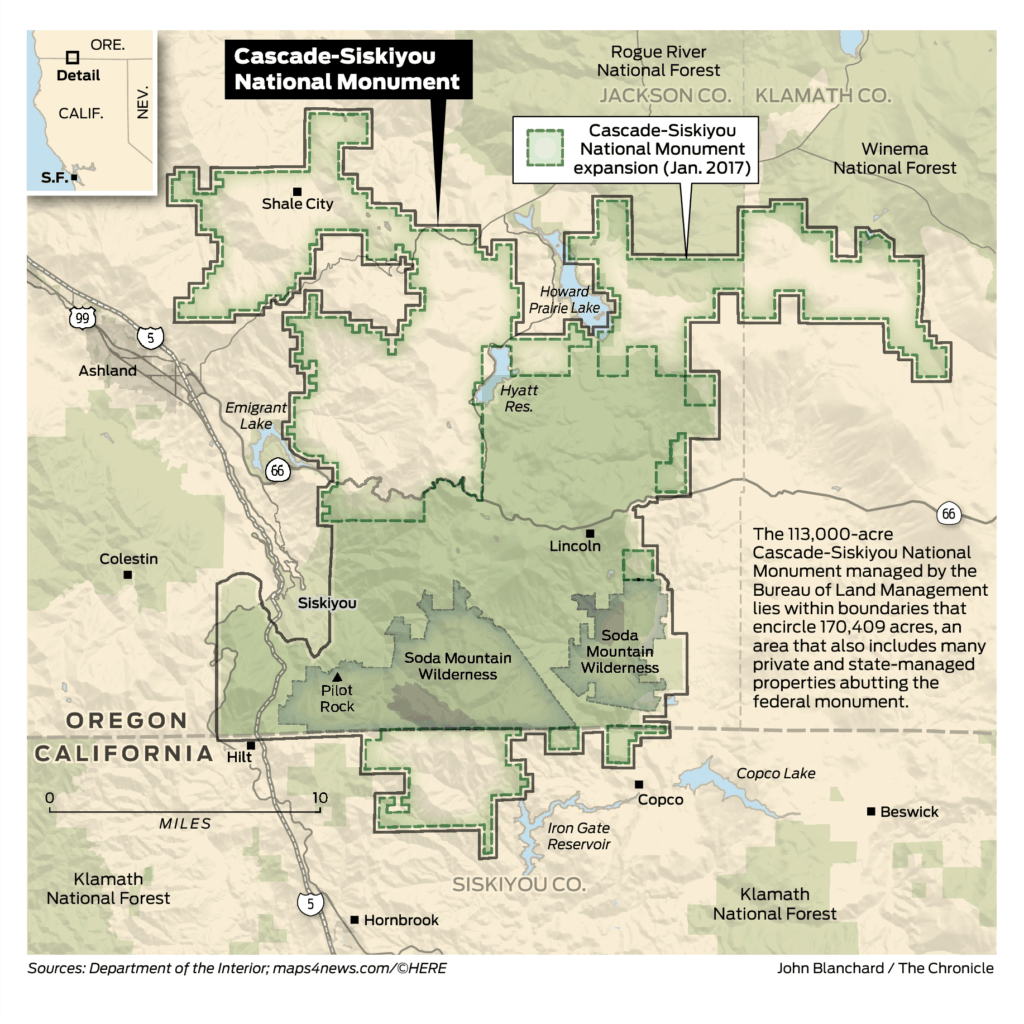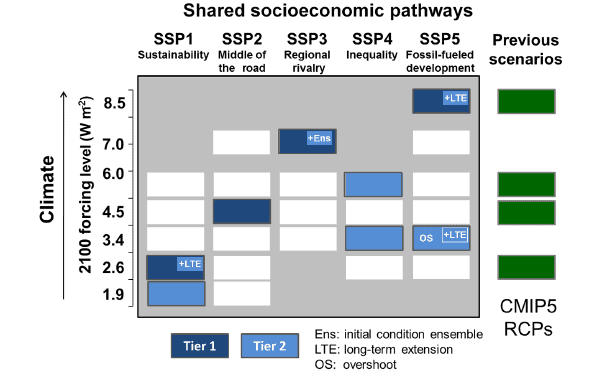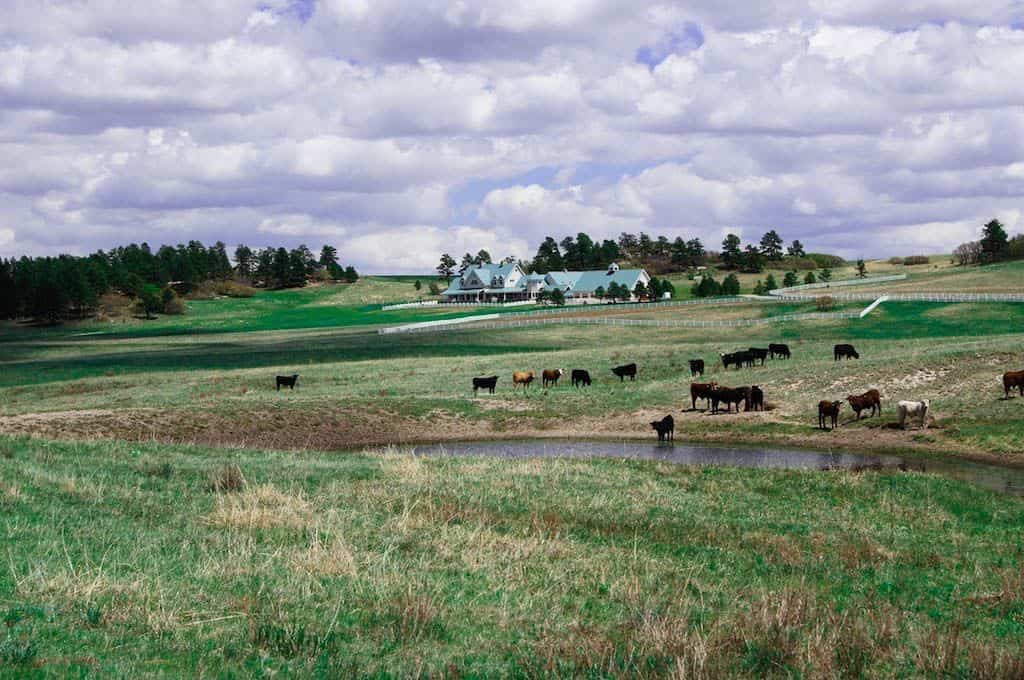From the American Forest Resource Council‘s January 2020 newsletter:
Colville Forest Planning Second A to Z Project
The Colville National Forest has identified a second landscape project to be managed under the innovative A to Z format, where the contract awardee completes the NEPA analysis, develops a management plan, and performs all tasks during implementation.
The Chewelah A to Z Stewardship Project would encompass 58,375 acres on the Three Rivers Ranger District, within a planning area that includes the Addy, North Fork Chewelah, and South Fork Chewelah planning units. Within the planning area, 52,916 acres are “general restoration acres” as identified in the 2019 Colville National Forest Revised Land Management Plan.
The Chewelah A to Z project will be structured through multiple calls against a Blanket Purchase Agreement (BPA) spanning 15 years. The BPA’s are designed to reduce administrative costs to accomplish small purchases by eliminating the need for issuing individual purchase documents. The intent of the project is to reduce the potential of high intensity wildfire by removing and/or rearranging existing fuel loads on selected project areas located on the Colville. It is anticipated that both commercial and non-commercial logging methods may be utilized, but not limited to other complex logging operations and activities. The resulting contracts will be IRTC, IRSC or service call order services with provisions for timber removal.
Work to be completed by the contract awardee may include but is not limited to, completing the NEPA for the project, developing a program of treatment, unit layout, cruising, marking, road and trail maintenance, fish and wildlife habitat improvement, removal of vegetation to promote healthy forest stands, reduction of fire hazards, and the achievement of other land management objectives outlined in the 2019 Forest Plan. Payments would not be made for the NEPA services performed by the contractor. The risk for performing NEPA and pre-treatment services lies with the contractor, and the prime contractor must have sufficient financial assets to support payment for NEPA services. Once a final NEPA decision is made by the Forest Service, the prime contractor conducts work as ordered by the Forest Service through calls. The Forest Service maintains all inherently governmental functions such as selecting the preferred alternative.
The Chewelah A to Z solicitation has two phases. Under Phase 1, the NEPA work must be performed by the contract awardee with all decisions being made by the agency to avoid a conflict of interest. No payment will be made for this line item and stewardship credits will not be accrued. During Phase 2, the single awardee contractor for Phase 1 will have the exclusive opportunity to accept BPA calls in the planning area at advertised rates. The contractor also has the option to accept or decline the BPA call. If declined, it must be done within five working days after issuance of the BPA call solicitation. The government also reserves the right to re-solicit any declined requirements using any appropriate contract vehicles.
The Chewelah A to Z project differs from the initial Mill Creek A to Z project, in that Mill Creek was overseen by the Regional Acquisition Division and used task orders to complete the work. It is anticipated that with Chewelah A to Z, the majority of the work will be accomplished using IRTC contracts, with oversight provided by the Forests Contracting Officer. Similar to Mill Creek A to Z, if there are IRSC or other service contracts needed, oversight will be provided by the AQM Contracting Officer. Bids for the Chewelah A to Z Stewardship Project are due March 6. / Tom Partin



